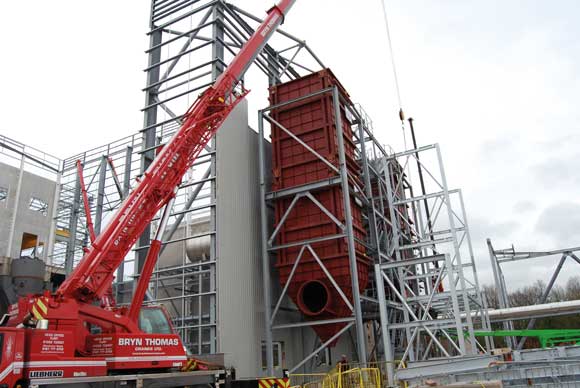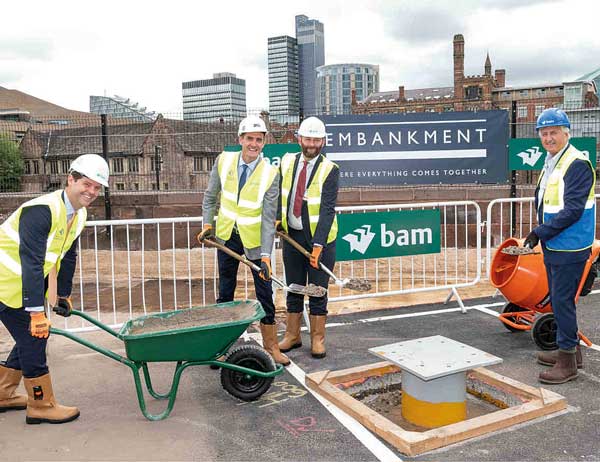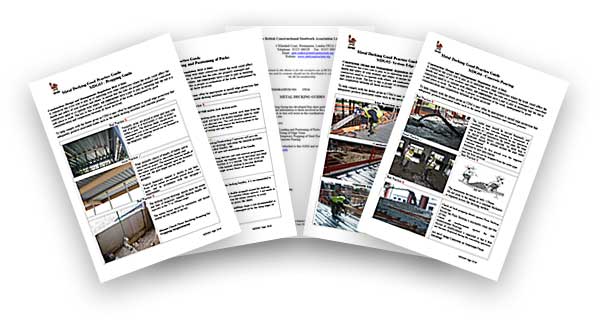Technical
AD 435: Beams supporting precast planks: checks in the temporary condition
The purpose of this note is to remind designers of their responsibility for basing their design on a safe method of erection. This is particularly necessary if structural stability in the part-erected condition is not evident.
The CDM (2015) regulations consider this in Regulation 11 where “(1) The principal designer must … ensure that, so far as is reasonably practicable, the project is carried out without risks to health or safety. …
“In fulfilling the duties in paragraph (1), the principal designer must identify and eliminate or control, so far as is reasonably practicable, foreseeable risks to the health or safety of any person –
(a) carrying out or liable to be affected by construction work; …”.
BS EN 1090-2:2018 addresses this issue more directly in paragraph 9.3.1 which states that the design basis method of erection shall consider amongst other things the following: “d) stability concept for the part-erected structure including any requirements for temporary bracing or propping”.
SCI publication P401: Design of composite beams using precast concrete slabs in accordance with Eurocode 4 states in Section 3.6 “The stability of the steel beams during the erection of the floor units and the placement of the structural topping must be considered. The designer should take due account of the floor erection process (which will usually require erection in ‘bays’ to avoid excessive re-siting of the crane). Should a particular sequence of erection or temporary support be necessary, this should be noted in the specification and on the drawings. The placement of the precast concrete units should be carefully controlled in order that out of balance construction loads are kept within the limits assumed in the beam design …”.
Section 4 of the publication discusses the checks for torsion which should be carried out in the event that an out-of-balance load results from the assumed erection sequence. Such conditions may result from:
1. The assumed erection sequence;
2. Unequal plank spans on either side of the beam;
3. Planks spanning in different directions on either side of the beam;
4. The sequence of placing the in-situ topping.
Other relevant issues are the effectiveness of the lateral restraint provided by the precast planks and the specification of additional restraint if the planks are inadequate by themselves. (See P401, Section 3.6).
Contact: Richard Henderson
Tel: 01344 636555
Email: advisory@steel-sci.com












